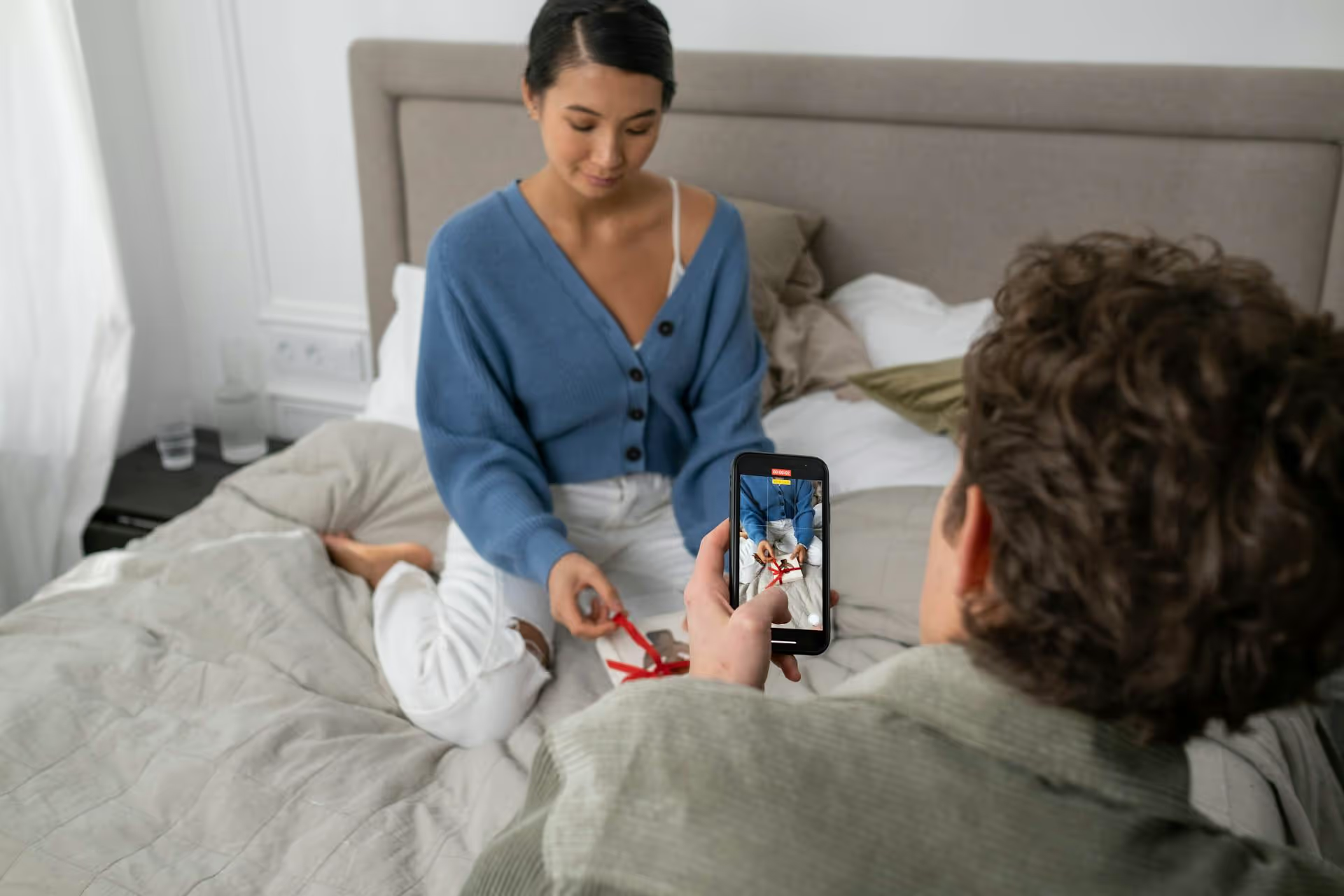How to Add Social Media Icons to an Email Signature
Enhance your email signature by adding social media icons. Discover step-by-step instructions to turn every email into a powerful marketing tool.

Making money on Pinterest is possible, and it goes far beyond just linking to your blog. The platform has built-in features designed to help creators earn directly from the inspiration they share, turning eye-catching Pins into a reliable income stream. This guide breaks down exactly how to navigate Pinterest's creator ecosystem, from building a loyal audience to monetizing your content through brand partnerships, affiliate links, and your own products.
Unlike programs on other platforms with a clear-cut "apply and get paid for views" model, monetization on Pinterest is a bit different. Think of it less as a single "program" and more as an entire ecosystem of tools and opportunities for creators. In the past, Pinterest had a formal "Creator Rewards" program that paid creators directly for creating content based on specific monthly prompts. While that program has ended, the spirit of it lives on.
Today, Pinterest focuses on empowering creators in three primary ways:
At the center of it all is one content format: Idea Pins. These multi-page, video-and-image-driven Pins are Pinterest’s answer to Stories and Reels, and they are the cornerstone of building an engaged community on the platform.
Before you can make a single dollar, you need an audience that trusts you. You wouldn't buy a cookbook from someone who can't cook, and users on Pinterest won't buy a product on your recommendation unless you've already proven your value. Focus on these foundational steps first.
Success on Pinterest hinges on becoming a go-to resource for a specific topic. The more focused you are, the faster you'll attract a dedicated audience. "Food" is too broad. "30-minute vegan family dinners" is specific, valuable, and attracts a clear demographic.
Think about a problem you can solve or an inspiration you can consistently provide. Here are some examples:
Your niche defines your content and tells potential followers (and brand partners) exactly what you're about.
Idea Pins are the most favored content format on Pinterest. They are designed to keep users on the platform, telling a complete story from start to finish. They are your primary tool for audience growth and engagement. A great Idea Pin isn't just a collection of pretty pictures, it's a narrative.
Pinterest is, first and foremost, a visual discovery engine. People don't just scroll to see what their friends are up to, they come with intent. They search for "kitchen remodel ideas," "fall outfit inspiration," and "weekly meal prep." Your job is to show up in those search results.
To access creator tools, analytics, and monetization features, you need a free Pinterest Business account. If you're on a personal account, you can convert it in your settings in just a few clicks. This will give you access to the all-important Creator Hub, where you can track performance, see trending topics, and access monetization tools as they become available to you.
Once you’ve built a foundation of consistent, valuable content and are starting to see audience growth, you can begin to implement monetization strategies.
This is one of the most direct ways to earn. Brands will pay you to create content featuring their products. Because you've built a niche audience that trusts you, your recommendation is incredibly valuable to them.
Relatable Example: A DIY home decor creator with 10,000 followers could partner with a paint company. The brand pays them to create a compelling Idea Pin showing a weekend project using their paint, from start to finish.
Affiliate marketing is when you earn a commission for promoting another company's product. When someone clicks your unique affiliate link and makes a purchase, you get a percentage of the sale. It’s an organic way to monetize because you’re sharing products you already recommend.
Pinterest is arguably the most powerful platform for driving qualified, purchase-intent traffic off-platform. If you have your own business, Pinterest should be your best friend.
Earning money on Pinterest is an achievable goal, but it’s a marathon, not a sprint. Success comes from consistently providing value within a specific niche, mastering the Idea Pin format, and patiently building a community that looks to you for inspiration and advice. By focusing on your audience first, the monetization opportunities - whether through brand deals, affiliate links, or your own offerings - will naturally follow.
Building that engaged audience requires a consistent content strategy across all your platforms. At Postbase, we built our tool specifically to help creators like you plan and schedule engaging content, especially the short-form videos like Idea Pins that are essential for growth on platforms like Pinterest and TikTok. A visual calendar helps you see your entire strategy at a glance, so you can focus on creating great content instead of constantly juggling scheduling.
Enhance your email signature by adding social media icons. Discover step-by-step instructions to turn every email into a powerful marketing tool.
Learn how to add your Etsy link to Pinterest and drive traffic to your shop. Discover strategies to create converting pins and turn browsers into customers.
Grant access to your Facebook Business Manager securely. Follow our step-by-step guide to add users and assign permissions without sharing your password.
Record clear audio for Instagram Reels with this guide. Learn actionable steps to create professional-sounding audio, using just your phone or upgraded gear.
Add translations to Instagram posts and connect globally. Learn manual techniques and discover Instagram's automatic translation features in this guide.
Optimize your Facebook Business Page for growth and sales with strategic tweaks. Learn to engage your community, create captivating content, and refine strategies.
Wrestling with social media? It doesn’t have to be this hard. Plan your content, schedule posts, respond to comments, and analyze performance — all in one simple, easy-to-use tool.